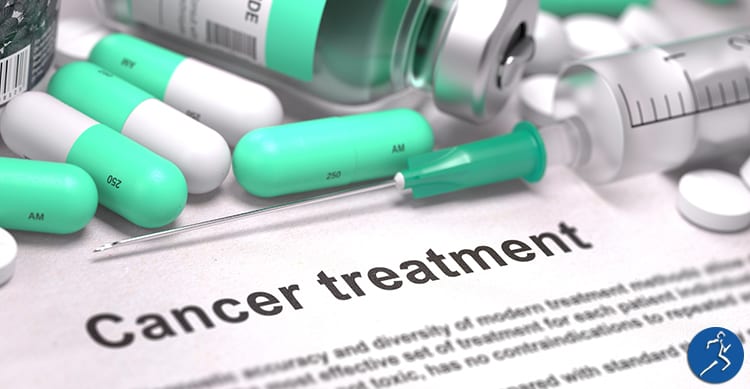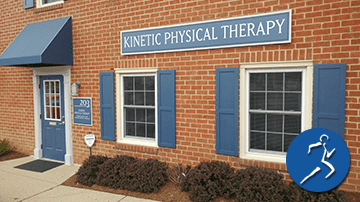A cancer diagnosis is never easy. Undergoing cancer treatment typically ravages the body. Physical therapy for cancer treatment and recovery may not be the first healthcare that comes to mind. Rightly so. However, a physical therapist could play a vital role in your recovery. According to the American Cancer Society, (https://www.cancer.org/) the five-year survival rate of all cancers diagnosed between 2003 and 2009 is 68 percent, a 20 percent increase compared to 1975 to 1977. Therefore, we can presume that the number of cancer survivors will continue to increase in the United States. And with more cancer survivors it is time to introduce more recovery strategies.
Why Consider Alternative Treatment
Most people experience exhaustion and a comprised immune system as a result of cancer treatment. It is often a grueling course, and afterward, leaving many people so exhausted that merely getting out of bed is a daunting task. Most people couldn’t fathom playing at the park with their children or grandchildren, let alone working out at the gym. Cancer-related fatigue (CRF) can be downright debilitating; it comes on suddenly, is not a result of any activity, and cannot be relieved by resting or sleeping. Individuals may also experience pain, nerve damage, lymphodema, muscle deconditioning, and incontinence. This is where physical therapy can help. Your physical therapist will formulate a specific program and gently guide you back to health.
The Research
According to a study published in the Physical Therapy Journal in April 2015, researchers found that physical therapy is sought out most commonly for individuals surviving breast and genitourinary, such as prostate cancers. The researchers wanted to understand the effects of physical therapy as part of treatment for these patients. Over two years they analyzed data about over 400 patients. They discovered that overall the most common side effect of cancer treatment was soft tissue dysfunction. Furthermore, most commonly the breast cancer survivors experienced lymphedema, and the prostate cancer survivors experienced incontinence. They also noted for those individuals who had undergone radiation that pain and extreme fatigue symptoms were prevalent.
How Physical Therapy Helps
There is strong evidence that supports careful management of resulting impairments through physical therapy. For example:
- Lymphedema: manual lymph drainage, range of motion exercises, aerobic exercise, and lymphatic bandaging
- CRF: individualized aerobic training, strength training, and functional management training
- Pain: soft tissue mobilization, therapeutic massage, modalities, therapeutic stretching and strengthening
- Peripheral neuropathy or abnormal nerve function: soft tissue mobilization and therapeutic massage
- Muscle Deconditioning: gentle exercises to build endurance and cardiovascular function that evolve over time
- Genitourinary complications: skilled physical therapist can help to rebuild the strength of the pelvic floor to improve urinary continence and reduce pain related to sexual function
If you are having trouble accomplishing daily tasks or have experienced a loss of strength and independence due to cancer treatment, please contact Kinetic Physical Therapy. We understand the value and benefits of benefits of physical therapy for cancer treatment and recovery. Our team will work you to create an individualized program to address your specific symptoms.




Leave a Reply
You must be logged in to post a comment.